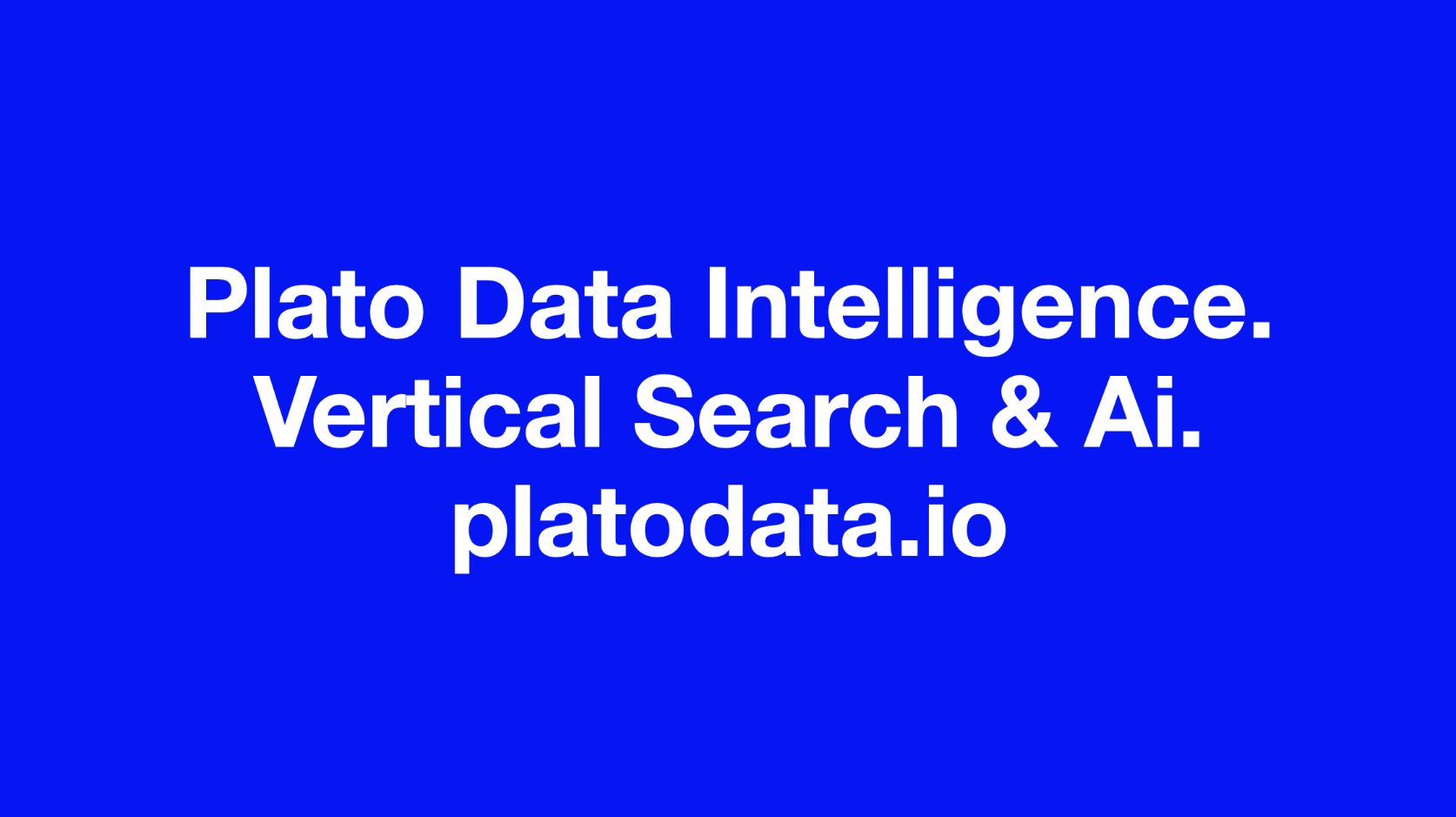Clustering is a popular technique in data mining and machine learning that groups similar data points together. It is used in various fields such as marketing, biology, and finance to identify patterns and relationships within data. DBSCAN (Density-Based Spatial Clustering of Applications with Noise) is a clustering algorithm that is widely used due to its ability to handle noise and outliers. In this article, we will explore how to use the DBSCAN algorithm with the Scikit-Learn library in Python for clustering data points.
DBSCAN Algorithm
DBSCAN is a density-based clustering algorithm that groups data points based on their proximity to each other. It works by defining a neighborhood around each data point and then grouping points that are close together into clusters. The algorithm has two important parameters: epsilon (ε) and minimum points (minPts). Epsilon defines the radius of the neighborhood around each data point, and minPts specifies the minimum number of points required to form a cluster.
The DBSCAN algorithm has three types of data points:
1. Core points: These are points that have at least minPts points within their ε-neighborhood.
2. Border points: These are points that have fewer than minPts points within their ε-neighborhood but are within the ε-neighborhood of a core point.
3. Noise points: These are points that are not part of any cluster and do not have any core or border points within their ε-neighborhood.
Scikit-Learn Library
Scikit-Learn is a popular machine learning library in Python that provides various algorithms for clustering, classification, regression, and more. It has a user-friendly interface and is widely used in industry and academia. Scikit-Learn provides an implementation of the DBSCAN algorithm that can be easily used for clustering data points.
Using DBSCAN Algorithm with Scikit-Learn Library
To use the DBSCAN algorithm with Scikit-Learn, we first need to import the necessary libraries:
“`
from sklearn.cluster import DBSCAN
from sklearn.datasets import make_blobs
import matplotlib.pyplot as plt
“`
Next, we generate some sample data using the make_blobs function:
“`
X, y = make_blobs(n_samples=1000, centers=3, random_state=42)
“`
The above code generates 1000 data points with three clusters. We can visualize the data using a scatter plot:
“`
plt.scatter(X[:, 0], X[:, 1], c=y)
plt.show()
“`
The scatter plot shows the three clusters in different colors:

Next, we create an instance of the DBSCAN class and fit it to our data:
“`
dbscan = DBSCAN(eps=0.5, min_samples=5)
dbscan.fit(X)
“`
The above code creates an instance of the DBSCAN class with epsilon=0.5 and minPts=5 and fits it to our data. We can then get the labels for each data point using the labels_ attribute:
“`
labels = dbscan.labels_
“`
The labels_ attribute returns an array of labels for each data point. The label -1 indicates a noise point, while other labels indicate the cluster number. We can visualize the clusters using a scatter plot:
“`
plt.scatter(X[:, 0], X[:, 1], c=labels)
plt.show()
“`
The scatter plot shows the clusters identified by the DBSCAN algorithm:

Conclusion
In this article, we explored how to use the DBSCAN algorithm with the Scikit-Learn library in Python for clustering data points. We learned about the DBSCAN algorithm and its parameters, as well as how to use Scikit-Learn to implement it. Clustering is a powerful technique for identifying patterns and relationships within data, and DBSCAN is a popular algorithm for handling noise and outliers. By using Scikit-Learn, we can easily apply the DBSCAN algorithm to our data and visualize the results.
- SEO Powered Content & PR Distribution. Get Amplified Today.
- PlatoAiStream. Web3 Intelligence. Knowledge Amplified. Access Here.
- Source: Plato Data Intelligence: PlatoData
- 1
- a
- ability
- About
- above
- aiwire
- algorithm
- algorithms
- an
- and
- applications
- apply
- ARE
- around
- array
- article
- AS
- At
- attribute
- based
- BE
- biology
- border
- But
- by
- CAN
- class
- classification
- Close
- cluster
- clustering
- Clusters
- code
- colors
- Core
- create
- creates
- data
- data points
- Datasets
- defines
- defining
- different
- Due
- each
- Easily
- explore
- explored
- fewer
- Fields
- finance
- First
- fit
- fits
- For
- form
- function
- generate
- generates
- Get
- groups
- handle
- Handling
- Have
- How
- How To
- HTTPS
- identified
- identify
- identifying
- implement
- implementation
- Import
- important
- in
- indicate
- indicates
- industry
- instance
- interface
- into
- Is
- IT
- ITS
- label
- Labels
- learned
- learning
- Least
- Libraries
- Library
- machine
- machine learning
- Marketing
- minimum
- Mining
- more
- necessary
- Need
- neighborhood
- Noise
- number
- of
- on
- Other
- our data
- outliers
- parameters
- part
- patterns
- plato
- plato aiwire
- Plato Data Intelligence
- PlatoData
- plot
- png
- point
- points
- Popular
- powerful
- provides
- proximity
- Python
- radius
- regression
- Relationships
- required
- Results
- returns
- sample
- Shows
- similar
- some
- Spatial
- Such
- technique
- Than
- that
- The
- their
- then
- These
- three
- to
- together
- two
- types
- Types Of Data
- use
- Used
- user-friendly
- using
- Various
- Visualize
- Web3
- WELL
- while
- widely
- will
- with
- within
- works
- X
- Zephyrnet

